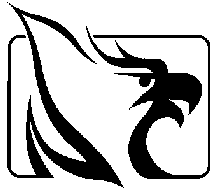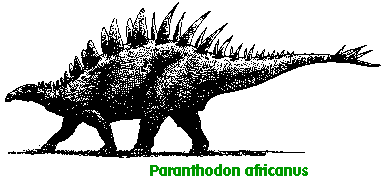Albany
Museum
Grahamstown

|
|
Field/Online
Collection(s):
|
-Botany, Entomology,
Ichthyology, Non-Insect Invertebrate,
Ornithology
|
 The
Albany Museum is an affiliated research institute of Rhodes
University. The Museum today consists of a family of six
buildings as follows: The
Albany Museum is an affiliated research institute of Rhodes
University. The Museum today consists of a family of six
buildings as follows:
- the Natural Sciences Museum
with these departments -
- Botany
- Selmar
Schonland
Herbarium
(plants) - the herbarium houses just under 200 000
plant specimens, making it the 4th largest
herbarium in South Africa and the 9th largest on
the whole African continent. Taxonomic coverage is
broad, and although the majority of specimens are
Angiosperms, the herbarium has a very large
collection of algae. A computer database of
botanical data and specimen records is being
developed, and is available online to any computer
registered user through the Rhodes University
computer network system but is not yet available to
outside on-line users.
- Range
and Forage
Institute
(Agricultural Research Council)
- Earth
Sciences
(palaeontology, geology)

- The Palaeontology
Collection consists of c.5000 fossil specimens and
is perhaps the oldest in South Africa (started in
the mid 19th century). The material is largely
South African with good coverage of vertebrates,
invertebrates, plants and trace fossils of varying
age. Of particular interest is the recent addition
of Devonian fishes, plants and invertebrates
collected from a local Witteberg Group fossil site
on the outskirts of town. These fossils have
provided a better understanding of the biodiversity
and geological setting of a Devonian estuary which
was situated in the vicinity of Grahamstown 360
million years ago. The collection also comprises
mammal-like reptiles, fishes and plant fossils
collected from the Permian and Triassic beds of the
Karoo. Research on Early Cretaceous dinosaur
fossils is currently being undertaken on material
excavated from the Kirkwood Formation of the
Uitenhage Group (Algoa Basin) exposed in the
Bushmans and Sundays River valleys in the vicinity
of Port Elizabeth.
- Entomology
(insects) - The collections number c 250 000
specimens, the majority of which are pinned. Some 14
000 specimens of Thysanoptera are slide-mounted. The
largest collection is that of aculeate wasps and bees,
numbering c 160 000. The provenance of the specimens
is in the main southern African. Some exotic material
is included, most notably aculeates from Arizona and
Australia. The established field of research of the
department is the study of aculeate wasps and bees.
- Freshwater
Ichthyology
(fishes) - The collection comprises 14 200 accessions
which total some 250 000 specimens, mostly stored in
alcohol. Type specimens are housed separately. There
is a growing collection of early life history stages
of fishes which includes eggs, embryos and larval
fish. These are all well documented with drawings and
photographs, an essential prerequisite, in view of the
dynamic nature of development. To supplement the wet
collections there are skeletal, x-ray and colour slide
collections. Copies of original collection sheets are
also maintained and the entire collection database is
computerised.
- Freshwater
Invertebrates
(insects, crustacea, snails, worms) - The collection
holds in excess of 1.5 million specimens including
over 1000 primary and secondary types. It comprises
ethanol preserved specimens in small glass-vials,
stored in more than 4500 sealed glass jars; pinned
specimens of selected adult insects in unit trays
stored in 160 drawers; microscope slide mounted
specimens and a photographic record of selected
specimens and sites sampled. The collection provides
historical records of species with some material
dating back to the 1930's. Information on more than
120 000 accessions is recorded in hand written
catalogues and on a computer database for ease of
access. Several card index systems allow access to
publications and specimens, and rapid identification
of species from diagnostic drawings.
- Higher
Vertebrates
(birds, mammals, reptiles and amphibia)
- Birds - The Museum
houses a comprehensive collection of southern
African birds dating back to the 1880's. The study
skin collection comprises c. 3845 skins
representing 619 different species with raptors
well represented. In addition there is a growing
number of wet specimens, skeletons, nests and a
good audio and visual (photographic slide)
collection. A small collection of exotic birds,
mainly in the form of mounts, is also maintained
and is used for display, education and comparitive
purposes.
- Archaeology
- Genealogy
- History
- Historical
Anthropology
- the History
Museum,
- the Observatory
Museum,
- Fort Selwyn,
- the Old Provost military
prison and
- the Drostdy Arch.
.
|



